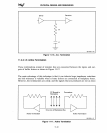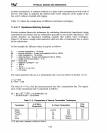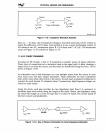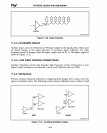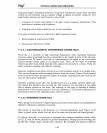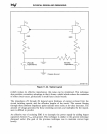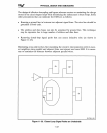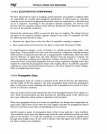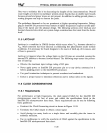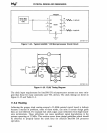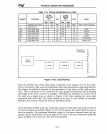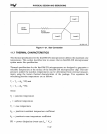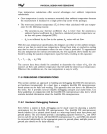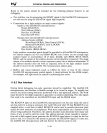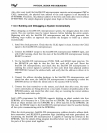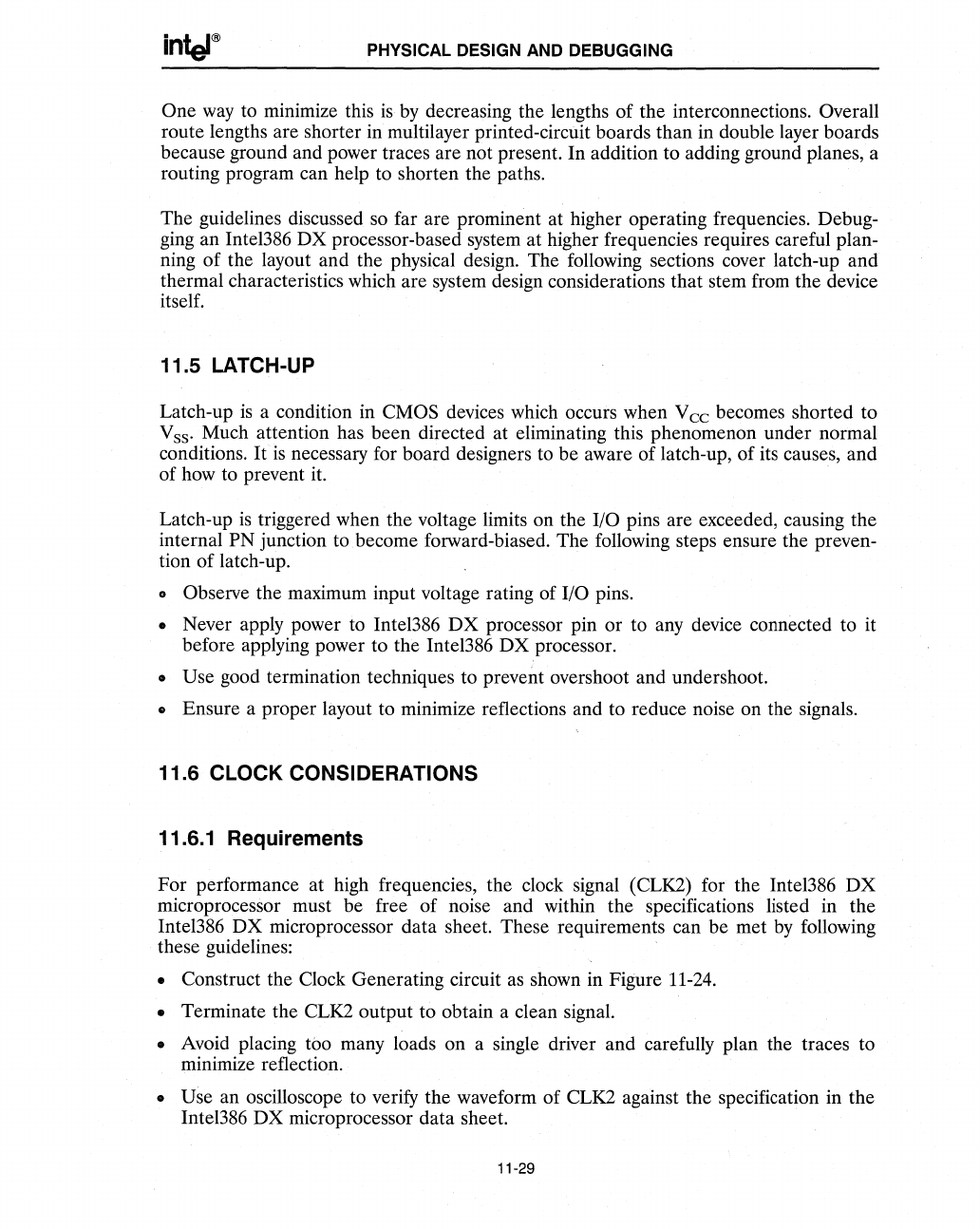
PHYSICAL DESIGN AND DEBUGGING
One
way
to minimize this
is
by
decreasing the lengths of the interconnections. Overall
route lengths are shorter in multilayer printed-circuit boards than in double layer boards
because ground and power traces are not present. In addition to adding ground planes, a
routing program can help to shorten the paths.
The guidelines discussed so far are prominent at higher operating frequencies. Debug-
ging an Inte1386 DX processor-based system at higher frequencies requires careful plan-
ning
of
the layout and the physical design. The following sections cover latch-up and
thermal characteristics which are system design considerations that stem from the device
itself.
11.5 LATCH-UP
Latch-up
is
a condition in CMOS devices which occurs when
Vee
becomes shorted to
V ss. Much attention has been directed at eliminating this phenomenon under normal
conditions.
It
is
necessary for board designers to be aware of latch-up, of its causes, and
of how to prevent it.
Latch-up
is
triggered when the voltage limits on the I/O pins are exceeded, causing the
internal
PN junction to become forward-biased. The following steps ensure the preven-
tion of latch-up.
• Observe the maximum input voltage rating of I/O pins.
• Never apply power to Inte1386
DX
processor pin or to any device connected to it
before applying power to the Inte1386 DX processor.
• Use good termination techniques to prevent overshoot and undershoot.
• Ensure a proper layout to minimize reflections and to reduce noise on the signals.
11.6 CLOCK CONSIDERATIONS
11.6.1 Requirements
For performance at high frequencies, the clock signal (CLK2) for the Intel386
DX
microprocessor must be free
of
noise and within the specifications listed in the
Intel386 DX microprocessor data sheet. These requirements can be met
by
following
these guidelines:
• Construct the Clock Generating circuit
as
shown in Figure
11-24.
• Terminate the CLK2 output to obtain a clean signal.
• Avoid placing too many loads on a single driver and carefully plan the traces to
minimize reflection.
• Use an oscilloscope to verify the waveform of CLK2 against the specification in the
Inte1386 DX microprocessor data sheet.
11-29



